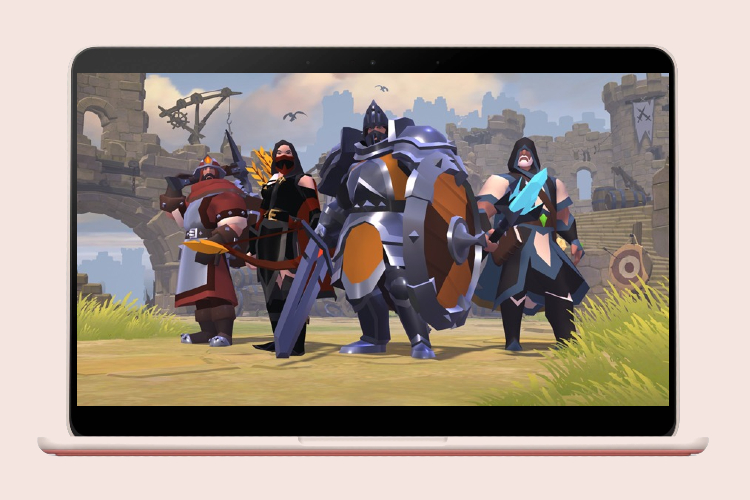

“The challenges are involved technological questions about how to harness, control, and detonate the incredible power released by splitting the nuclei and causing the chain reactions,” said Ulrich.

The challenges of making an atomic bomb also involved many scientific questions from how neutrons could be made to split nuclei of atoms into smaller fragments and cause chain reactions. The aircraft is part of the collection of the National Museum of the United States Air Force. The Japanese government surrendered unconditionally on Aug. This particular bomber, nicknamed “Bockscar” dropped the second atomic bomb - codenamed “Fat Man” - on Nagasaki on Aug. The B-29 was the first bomber aircraft to feature a pressurized cabin, which allowed it to fly higher than previous bombers and avoid enemy anti-aircraft guns. “For instance, lessons learned in nuclear fission in the 1940s helped, in part, lead to nuclear energy as a viable electricity generation asset in the 1950s and to this day,” Michaud told TechNewsWorld. “The Manhattan Project was a truly monumental and historic endeavor - the collaboration between governments, industry, and the science community, with the pointed goal of developing nuclear weapons during World War II, was unprecedented at the time, and actually spurred R&D in energy, technology, and other advanced sectors,” suggested Gilbert Michaud, assistant professor in the online Master of Public Administration Program at the Voinovich School of Leadership and Public Affairs at Ohio University. The technology used to develop the bomb was notable, as well as the international effort to create it. Robert Oppenheimer leading the efforts, and he is of course remembered for his quote of the Bhagavad Gita in describing the explosion at the Trinity test site in New Mexico on July 16, “Now I am become Death, the destroyer of worlds.” It is easy today to think of American theoretical physicist J. military find the money for research and development of airplanes and warships.” More Than an American Effort military could not even afford to provide small arms for training, nor could the U.S. “During the Great Depression in the 1930s, the U.S. “That is a massive commitment of resources to a single weapon,” he noted. Sign up in May and unlock a special offer. SPONSORED: Manage orders, inventory, and shipping with Zenventory's all-in-one e-commerce operations platform.

“Warfare thus created the ultimate crisis motivation and thus removed limits on money and resources that existed in peacetime.” “This wartime priority made the research and development process much faster than in peacetime,” he added. “The United States needed to win the race against Japan and Germany to create an atomic bomb,” Ulbrich told TechNewsWorld. Ulbrich, associate professor of military history at Norwich University. “The importance of the Manhattan Project as leaps forward in science and technology cannot be overstated,” said Dr. It isn’t hyperbole to suggest that it truly involved the brightest minds on the planet. The Manhattan ProjectĮasily, the most significant advance during the Second World War was the ultra-secret project to develop the atomic bomb. Yet, this most horrible of conflicts should also be remembered for how much progress was made during the war and can still be seen in the world today. WWII saw the introduction of the assault rifle and notably the missile. World War II was the first conflict to see the use of jet aircraft, although it wasn’t until the Korean War that jets actually went head-to-head against one another. Military historians have largely focused on the advancement in small arms, and the development of superior tanks and other killing machines, and for good reason. 1, 1939 with Germany’s invasion of Poland, few could have expected the technological leaps that would occur over the next six years. It was a testament to the technological process that occurred during the Second World War. It was the first of only two times that an atomic weapon had been used in wartime, and while even 75 years later the event remains controversial. 6, 1945 the first atomic bomb - codenamed “Little Boy” - was dropped from the B-29 “Enola Gay” on the Japanese city of Hiroshima.


 0 kommentar(er)
0 kommentar(er)
